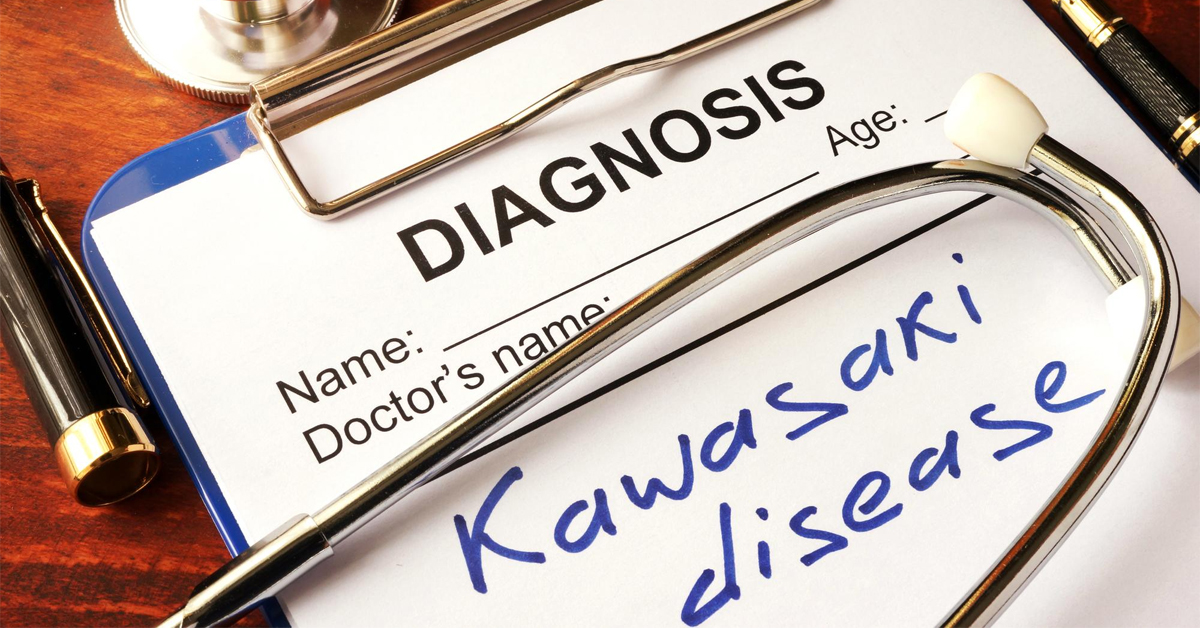What is Kawasaki Disease?
According to the Centers for Disease Control and Prevention (CDC), Kawasaki disease (KD) is an illness that primarily affects children younger than five. It was first discovered in Japan in 1967. The first cases outside of Japan were reported in 1967 in Hawaii.
Common symptoms include peeling skin, rash, and high fever. Although some symptoms can be alarming, KD is usually treatable. Most children recover from KD without serious problems.
Is there a link between COVID-19 and KD?
The CDC is investigating a multisystem inflammatory syndrome in children (MIS-C) that is associated with COVID-19. MIS-C may present with symptoms that look like Kawasaki disease.
The criteria to diagnose MIS-C are:
- Patient is under 21
- Symptoms of fever, inflammation, and severe illness with multisystem organ involvement
- No alternative diagnoses
- A positive test for COVID-19
MIS-C is quite rare. New York has 110 reported cases, New Jersey has 17 reported cases, and California has six reported cases. Other states, like Connecticut, Georgia, Kentucky, Ohio, and Washington, have a small number of reported cases. Most states have no reported cases.
Who is most likely to get KD?
Children are more at risk of Kawasaki disease if they are:
- Under five years old.
- Boys.
- Of Asian or Pacific Island descent.
What are the symptoms of KD?
According to the Mayo Clinic, there are three phases of KD symptoms.
First Phase
- A fever that is often is higher than 102.2 F (39 C) and lasts more than three days
- Extremely red eyes without a thick discharge
- A rash on the main part of the body and in the genital area
- Red, dry, cracked lips and an extremely red, swollen tongue
- Swollen, red skin on the palms of the hands and the soles of the feet
- Swollen lymph nodes in the neck and perhaps elsewhere
- Irritability
Second Phase
- Peeling of the skin on the hands and feet, especially the tips of the fingers and toes, often in large sheets
- Joint pain
- Diarrhea
- Vomiting
- Abdominal pain
Third Phase
- In the third phase, symptoms slowly go away.
- It may be as long as eight weeks before your child’s energy levels are back to normal.
When Should My Child See a Doctor?
See a doctor if your child’s fever lasts more than three days or if your child has a fever and at least four of the following symptoms:
- Redness in both eyes
- A very red, swollen tongue
- Redness of the palms or soles
- Skin peeling
- A rash
- Swollen lymph nodes
The chances of lasting damage are reduced if KD is treated within 10 days of when it began.
What Causes KD?
It’s unknown what causes KD. Scientists don’t think the disease is contagious. Although no theories have been proven, some link KD to bacteria or viruses or environmental factors. Genetics may make your child more prone to contracting KD.
How is KD Diagnosed?
There isn’t a test to diagnose KD, so your provider will first rule out other diseases with similar symptoms. These diseases include scarlet fever, toxic shock syndrome, and measles.
Your physician will perform a physical exam and order test to help in the diagnosis. Tests may include a blood test and an electrocardiogram.

